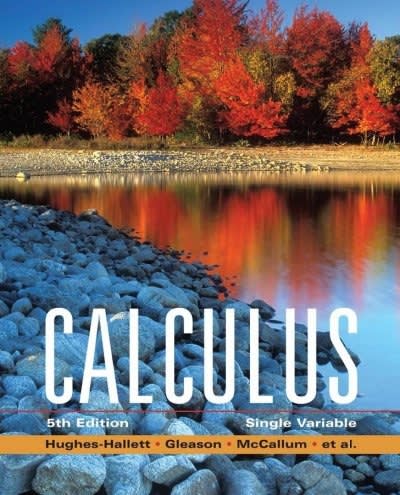Question
The Akaike information criterion (AIC) is a measure of the relative quality of a statistical model for a given set of data, and it provides
- The Akaike information criterion (AIC) is a measure of the relative quality of a statistical model for a given set of data, and it provides a trade-off between the goodness-of-fit of the model and its complexity. It's based on information theory and measures the amount of information lost by a model when it is used to approximate the true underlying distribution of the data.
- The Hosmer-Lemeshow test compares the expected frequencies of a binary outcome with the observed frequencies of that outcome in different groups or intervals. The groups are typically formed by dividing the predicted probabilities of the outcome into ten groups or bins.
- Kuiper's test is similar to the Kolmogorov-Smirnov test, but it is more sensitive to differences in the tails of the distribution.
1.what is the best relationship generated by the Auxotrophic mutant and the yeast plasmid recombinant?
2.show the replication criteria for the REP1 and REP2 genes
3.propose the conspicuous size of the 2 micrometer circle?
4.relate the plasmid to the 2 micrometer circle
5.justify accordingly; Plasmids are present in eukaryotes.
6.to which categorization can the best fit of Saccharomyces cerevisiae apply?
7. interrelate the Large scale production to the cloning vector
8.explain on the YEP as the highest efficiency of transformation
9. Why is a high transformation frequency needed?make sure you explain
10.explain the decision criteria between the Choice of vector and the Transformation frequency
Step by Step Solution
There are 3 Steps involved in it
Step: 1

Get Instant Access to Expert-Tailored Solutions
See step-by-step solutions with expert insights and AI powered tools for academic success
Step: 2

Step: 3

Ace Your Homework with AI
Get the answers you need in no time with our AI-driven, step-by-step assistance
Get Started


